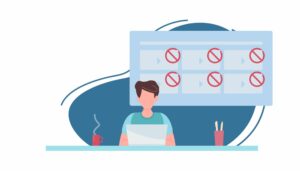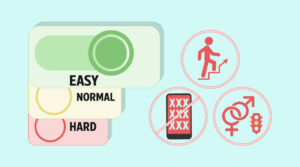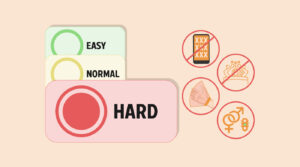How We Made This Test
The V2 of the Porn Addiction Test was created by Dr. Kevin Skinner LMFT, CSAT, EMDR, Dr. Kevin Skinner is a leader and authority on sexually compulsive behavior, infidelity and trauma from sexual betrayal. He’s a core faculty member of IITAP (International Institute of Trauma and Addiction Professionals) and Clinical Director and Co-Founder of Addo Recovery, a nationally sought out therapy brand that helps individuals and family with sexually compulsive behavior, infidelity and sexual trauma. In addition, he’s the Clinical Director, main online course provider and Co-Founder of Bloom for Women, a global online community of thousands of women with sexual trauma, spanning over 15 countries.
Dr. Skinner’s methods are based on his own research stemming from more than 250,000 assessments and over 20 years experience. Over the last 15 years he’s researched how sexual betrayal creates PTSD-like symptoms in the betrayed spouse.
Dr. Skinner has trained the therapists at Addo Recovery and recommends them to anyone seeking help for compulsive sexual behavior, betrayal trauma, infidelity and/or other marital issues.
This test was created to measure the 6 symptoms of clinical addiction. You can learn about them below
The Six Psychological Symptoms of Addiction
The test is comprised of 25 questions. Of these 25 questions 18 of them measure the six symptoms of addiction listed below, the last 7 questions are not factored into the final results but are used for research purposes to learn more about the severity of the porn use that has led to the diagnosis.
Inability to Abstain:
The inability to abstain is what happens when an individual attempts to stop a specific behavior and can’t. In many cases they report that they feel compelled to act out even though they don’t want to.
Impairment in Behavioral Control:
When an individual experiences an impairment to their behavioral control it usually leads to over reactive actions, or impulsive behaviors (i.e. inability to contain sexual urges).
Craving or increased “hunger” for the rewarding experiences
Craving is an overwhelming emotional experience that takes over your body and produces a unique motivator of behavior – wanting and seeking a specific action (viewing pornography).
Diminished recognition of significant problems with one’s behaviors and Interpersonal Relationships
The inability to recognize how one’s behaviors influences their relationships is a hallmark of addiction. It usually accompanies minimizing behaviors and how they are influencing others. Addiction tends to move individuals to focus on self-satisfaction and away from awareness of others needs.
Dysfunctional Emotional Awareness
Individuals who experience dysfunctional emotions awareness often have a difficult time recognizing their own emotions, have difficulty calming down when they are upset, struggle to identify emotional cues from others, and are more prone to exhibit extreme emotions (i.e. rage).
Shame and Feelings of Guilt Around the Subject
Individuals who experience shame often pull back from others because they feel that something they have done is wrong. In it’s worst form, individuals who experience toxic shame conclude that there is inherently wrong with them, and/or that they don’t belong in society because of what they have done. Those who experience this form of shame, usually pull back from others because they don’t feel like others would accept them.
Test Changes Log:
We will log all changes and updates made to our test here.
In May 2019 we launched Porn Addiction Test with the only clinical addiction test available, created by researchers at Eötvös Loránd University in Hungary.
Unfortunately this test only gave a binary yes/no answer to porn addiction and that is not of much help to anyone.
In November 2019 we launched the current test (V2) that was created by Dr. Kevin Skinner. The original test got approximately 6303 tests started with 4121 completions.
In May 2020 we updated the wording of the least severe reaction from “Rarely” to “Never” and from the second least severe reaction from “Sometimes” to “Rarely”.
This was done because there was no option for a user to give the answer “Never” in reply to a question.




